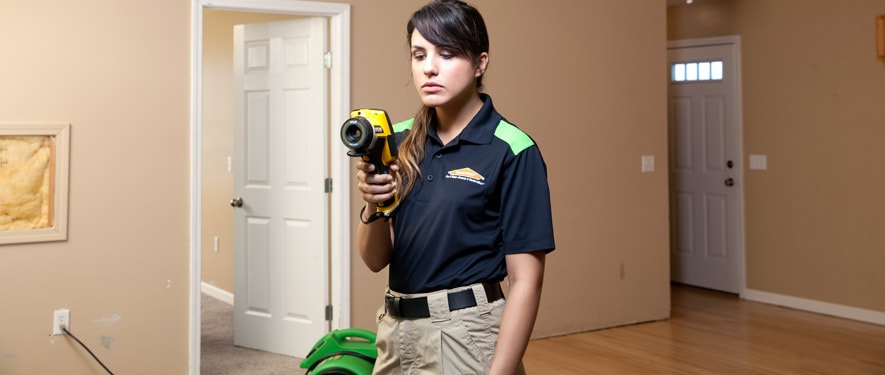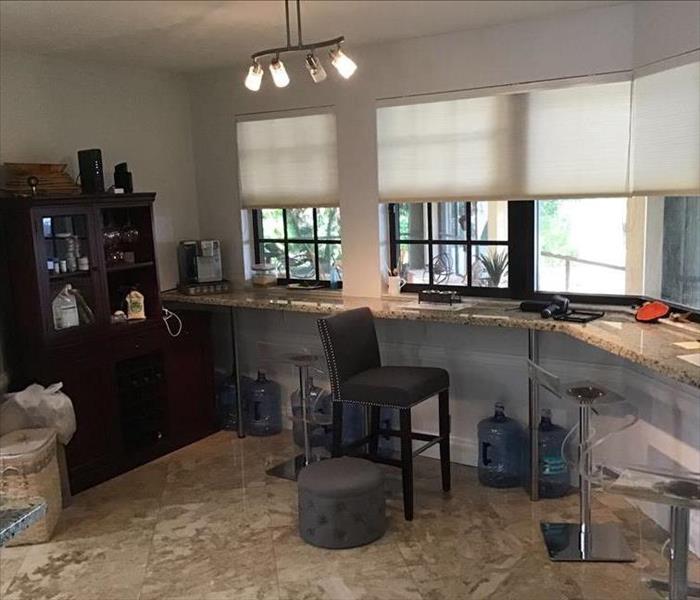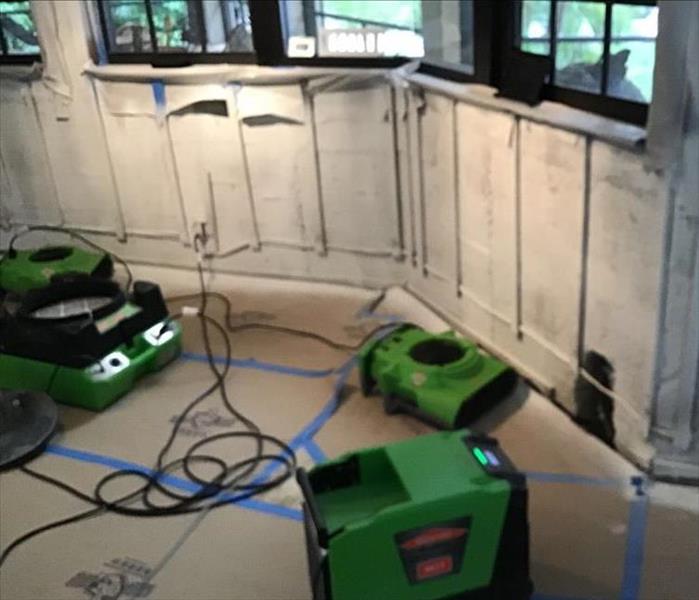
Step 2: Inspection and Water Damage Assessment
Our Water Damage Restoration Process
The second step in the water restoration process is INSPECTION and ASSESSMENT. After first responders are called and after you’ve made contact with our always-available SERVPRO team our techs will arrive to begin understanding the nature and the extent of your damage. This step is not a long step, but it’s an important one.
If inspection and assessment are rushed it’s possible to miss areas of damage or even the cause of damage. That is costly and extremely inefficient. Attempting to address the problem without first understanding the problem is a shot in the dark. Don’t do that.
As soon as you call our offices we'll send a team of professional water damage techs to begin understanding your need and moving supplies and man-power in place to address your restoration emergency.
Identify and Stop the Water Source
We will check for the source of moisture in your home or business. The source must be stopped before any restoration or drying of the building can be successful.
- Stop the Source
- Check for Contaminated Water
Identify the Type of Water
We will identify the category and classification of water damage to ensure our professionals restore your property based on industry guidelines. The level of contamination of the water will affect the specific restoration processes we use.
- Category 1: "Clean Water"
- Category 2: "Gray Water"
- Category 3: "Black Water"
Survey the Extent of the Water Damage and Inspect the Premises
We inspect and test to determine the extent of damage and how far the moisture has traveled to ensure proper and complete restoration. In addition, we will inspect for safety concerns that may be evident. If there are any safety issues like lead or asbestos, please bring them to our attention.
- Survey Damage
- Complete Safety Inspection
Move or Block Furniture
We move furniture and property contents and block items to help prevent rust or furniture stains on wet carpet.
- Block Furniture





 24/7 Emergency Service
24/7 Emergency Service


